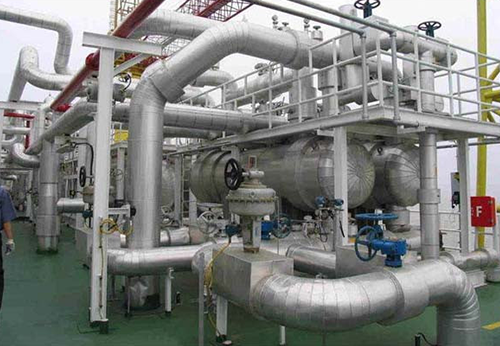The leakage reasons of valve sealing surface
Posted by Bundor valve
Valve is one of the most widely used control components in the fluid system, which can be used to switch or control the flow direction and regulation. In terms of the simplest cut-off function, the function of the valve seal in the machinery is to prevent the medium from leaking out from the cavity where it is located along the joint of the parts or to prevent external substances from entering the interior.The rings and components that play a sealing role are called seals or sealing structures, which are called seals. The surfaces that contact the seals and play a sealing role in the two joint surfaces are called sealing surfaces.

The sealing surface is the core part of the valve, its leakage forms can generally be divided into these types, leakage of the sealing surface, leakage at the joint of the sealing ring, leakage caused by the falling off of the closing piece, leakage caused by the embedded foreign matters between the sealing surfaces.One of the most important uses of valves in pipelines and equipment is to cut off the flow of medium. Therefore, its sealing is the main factor determining whether internal leakage occurs or not.
The leakage of sealing surface are generally caused by the following:
1.The sealing surface doesn’t smooth and cannot form a sealing line.
2.The shaft is bent or improperly assembled, which makes the closing piece skewed or out of alignment.
3.Improper selection of sealing surface material or failure to select valves according to working conditions, resulting in corrosion, erosion and wear of sealing surface.
4.The surfacing and heat treatment are not operated according to standard, wear is caused due to low hardness, corrosion is caused due to burning of alloy elements, cracks and other defects are caused due to excessive internal stress.
5.The sealing surface is not closed tightly or there are small cracks due to cold shrinkage after closing, resulting in medium corrosion.
6.The shut-off valve is used as a throttle valve and pressure reducing valve, the sealing surface is damaged due to erosion.
7.After the valve has reached the fully closed position, continue to use excessive closing force, including incorrect use of long lever to operate, the sealing surface is crushed and deformed.
8.The sealing surface is worn too much, resulting in disconnection, the sealing pair cannot fit well.

The sealing surface is the core part of the valve, its leakage forms can generally be divided into these types, leakage of the sealing surface, leakage at the joint of the sealing ring, leakage caused by the falling off of the closing piece, leakage caused by the embedded foreign matters between the sealing surfaces.One of the most important uses of valves in pipelines and equipment is to cut off the flow of medium. Therefore, its sealing is the main factor determining whether internal leakage occurs or not.
The leakage of sealing surface are generally caused by the following:
1.The sealing surface doesn’t smooth and cannot form a sealing line.
2.The shaft is bent or improperly assembled, which makes the closing piece skewed or out of alignment.
3.Improper selection of sealing surface material or failure to select valves according to working conditions, resulting in corrosion, erosion and wear of sealing surface.
4.The surfacing and heat treatment are not operated according to standard, wear is caused due to low hardness, corrosion is caused due to burning of alloy elements, cracks and other defects are caused due to excessive internal stress.
5.The sealing surface is not closed tightly or there are small cracks due to cold shrinkage after closing, resulting in medium corrosion.
6.The shut-off valve is used as a throttle valve and pressure reducing valve, the sealing surface is damaged due to erosion.
7.After the valve has reached the fully closed position, continue to use excessive closing force, including incorrect use of long lever to operate, the sealing surface is crushed and deformed.
8.The sealing surface is worn too much, resulting in disconnection, the sealing pair cannot fit well.
 简体中文
简体中文 Русский
Русский Español
Español Bundor - Butterfly, Gate, Check, Ball, Globe Valve Manufacturer, Supplier & Distributor
Bundor - Butterfly, Gate, Check, Ball, Globe Valve Manufacturer, Supplier & Distributor
